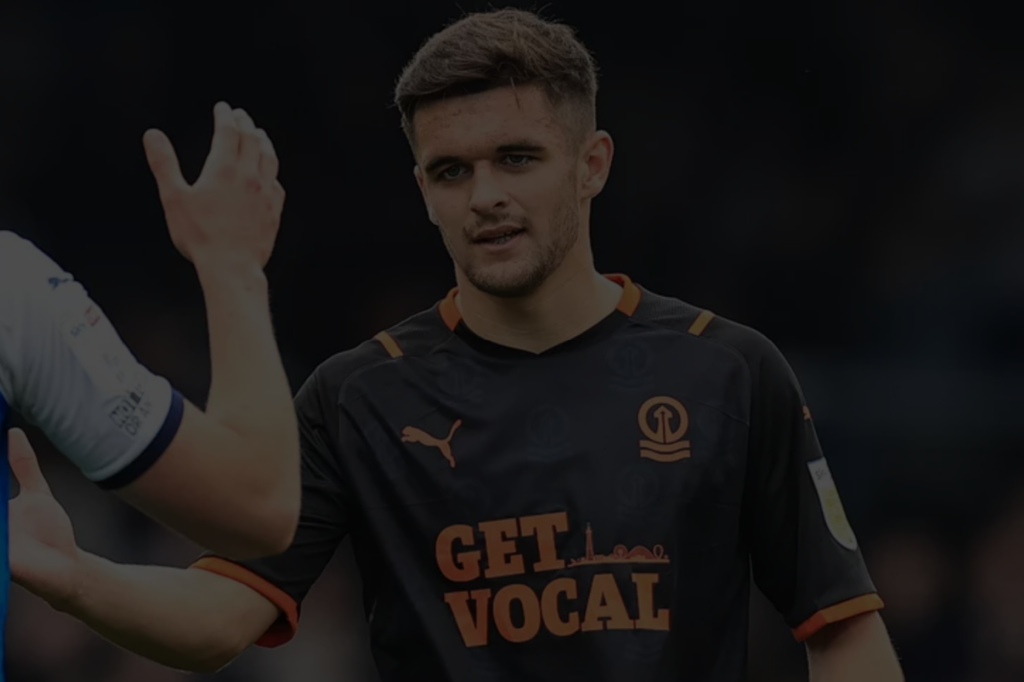Despite the significant benefits that sports offer, such as improved physical and psychological health, increased confidence, reduced anxiety and stress, it remains inaccessible and often unsafe for LGBTQI+ individuals. Until all areas of sports become safe and inclusive for everyone without exception, there is
a need for ongoing education, policy initiatives, legal regulations, and public actions aimed at achieving equality and safety in sports. June is Pride Month, dedicated to celebrating LGBTQI+ pride and the LGBTQI+ rights movement. It’s a time when LGBTQI+ issues, including those in sport, receive maximum attention. It’s also a time to discuss the achievements and successes of LGBTQI+ professional athletes and what has already been done to support LGBTQI+ individuals in sports.

One of the most successful coaches in the WNBA, a two-time WNBA Coach
of the Year (2017, 2021), Curt Miller, is the only openly gay head coach at the highest level of basketball. Miller has been open about his orientation since the late 90s when he began his coaching career in college basketball. In a recent interview, Miller noted that for a long time, he didn’t want to be known solely as the “gay coach.” However, he now emphasises that he remains the only openly gay coach at a high level in both men’s and women’s basketball, and his visibility has become even more critical to support other gay coaches.
According to Miller, many gay coaches hide their identity and orientation because they fear it may hinder their progress in sports and their careers.
“I want to be that role model for the next generations of gay male coaches that are right now wondering if they can continue to chase their dream. I want them to know that they certainly can.”
Another openly gay figure in sports, Byron Perkins, historically black colleges and universities football player in the United States (HBCU), explained the reasons behind his decision to publicly come out. Perkins hopes that his openness and courage will inspire a new generation of LGBTQI+ athletes to embrace their true identities and confidently pursue their dreams in sports. Perkins mentioned that his relationships with his club teammates didn’t change significantly after his announcement, and he felt constant support. However, Perkins doesn’t rush other LGBTQI+ athletes to come out, emphasising that each person decides when the timing is right, and such a declaration should not jeopardise athletes’ lives or livelihoods.

Jason Collins, the first openly gay athlete in a major professional league who came out in 2013, shared his experience in sports over the past 10 years. The NBA supported its player, and it was expected that this would inspire other athletes to speak openly about their sexual orientation. However, in the span of 10 years, only one player in a major professional league, Carl Nassib, made a similar announcement. Collins revealed that homosexuality was not openly discussed in locker rooms according to an unwritten rule, and the communication culture was toxically masculine. Most jokes and expressions used to demean others in the sports world were either sexist or homophobic. Some players openly expressed their disapproval of gay colleagues. Collins’ announcement garnered mixed reactions among athletes and fans, but he is glad to have become a symbol of progress in professional sports. Collins pointed out that women lead the LGBTQI+ movement in sports more openly, but it’s essential for male athletes to take steps forward without fearing public condemnation.
Despite initially adhering to a strategy of portraying its female athletes as feminine and family-oriented, over time, the WNBA has become the most socially responsible and active professional league, openly supporting the LGBTQI+ movement in sports. The evolution of the WNBA’s policy regarding its athletes and fans wasn’t easy and began with athletes publicly disclosing their sexualities. While basketball player Sue Wicks doesn’t consider herself a pioneer, her courage and the first coming out in the WNBA paved the way for other athletes today. The WNBA became the first professional league to launch an entire marketing campaign aimed at the LGBTQI+ community. The WNBA strives to support its athletes on a personal level as well, as seen in the story of non-binary athlete Layshia Clarendon, who became a prominent voice on the WNBA/WNBPA Social Justice Council. The council’s top priorities include protecting LGBTQI+ rights and ensuring equality in healthcare and civic engagement.
Read analytics on sports and human rights for April-June 2023
It’s worth noting that occasionally, the WNBA attempts to feminise its athletes, for instance, by offering more feminine and sexualized uniforms, thereby reinforcing old sexist stereotypes. However, today, more athletes find the strength to speak out and fight for their identities and equality.
Despite the growing acceptance and support for the LGBTQI+ community in major sports, violations of LGBTQI+ rights and the absence of safe spaces remain a systemic issue. Homophobia in sports is evident even at a symbolic level, such as some NHL teams or individual players refusing to wear rainbow jerseys in support of the LGBTQI+ community during warm-ups before special games. The NHL supports these refusals and insists that debates over such gestures of support distract from the essence of the game. Such a decision by the NHL rolls back efforts to make locker rooms, arenas, and sports venues safer, more diverse, and inclusive for all players and fans. It also highlights that sports leagues and associations still interpret values differently, and the potential for human rights in sports is greatly underestimated.



